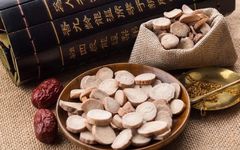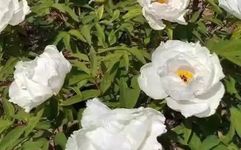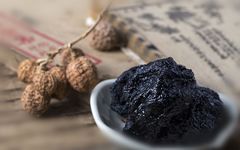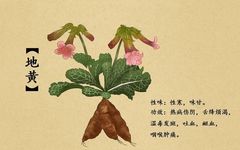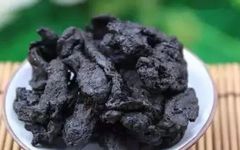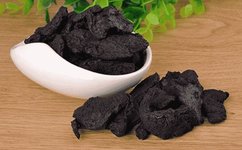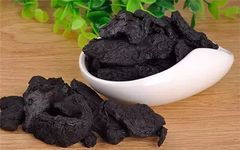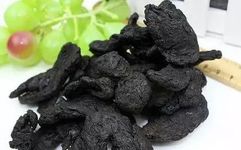What to Do When Yang is Warm and Yin is Cold?
Although it is already autumn, we are still in the heat of summer, so we can continue to focus on nourishing Yang. I wonder if everyone has been proactive about this, but there is a group of friends who are quite troubled. Their bodies are clearly cold, especially in the lower jiao (lower abdomen), experiencing … Read more


